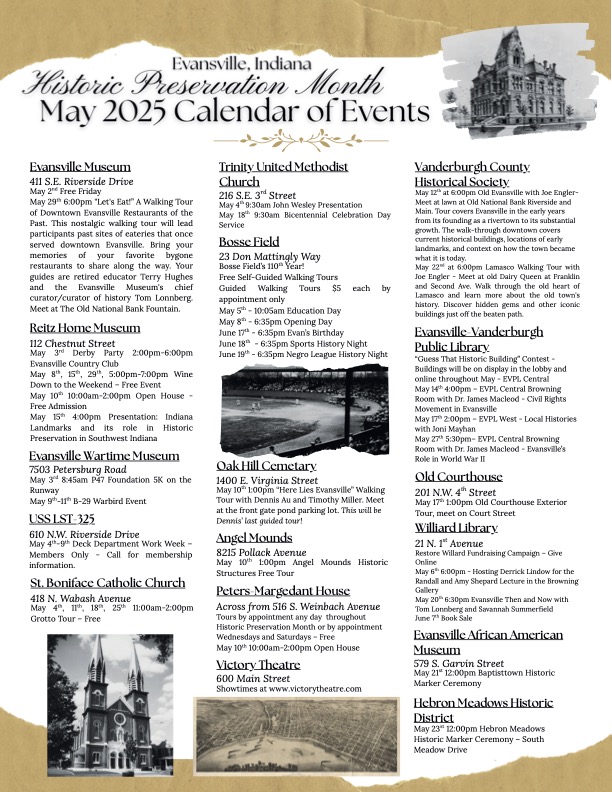
Historic Preservation Month – May 2025!

Promoting and preserving Vanderburgh County's history

Program to Recall Partisan Warfare in Western Kentucky
On Tuesday, May 6 at 6 pm, at Willard Library author and teacher Derrick Lindow will present a talk based on his book We Shall Conquer or Die: Partisan Warfare in 1862 Western Kentucky. He will discuss this deadly and expensive war within a war which was waged behind the lines, often out of the major headlines, and that impacted Evansville as events neared the city. The fighting took hundreds of lives, destroyed or captured millions of dollars of equipment, and siphoned away thousands of men from the Union war effort.
Derrick Lindow is a United States history teacher in Owensboro, Kentucky. He is the 2015 Dr. Tom and Betty Lawrence National History Teacher Award recipient from the National Society of the Sons of the American Revolution, and the 2019 James Madison Fellow for the state of Kentucky. He is the creator and co-administrator of the Western Theater in the Civil War website, which brings together authors and historians to write about that crucial area of the war.
Evansville Museum’s 2025 Historian in Residence to Present Public Talk
Thursday, March 20, 6 pm
In his talk Antilynching Art and Community Remembrance in Indiana, Dr. Alex Lichtenstein will discuss the compelling history of the use of art and photography to protest against racial violence. His lecture will connect the history of antilynching campaigns to current efforts around the state to commemorate Indiana’s lynch victims.
Alex Lichtenstein is a professor of history at Indiana University, Bloomington, where he chairs the Department of American Studies. His work centers on the intersection of labor history and the struggle for racial justice in societies shaped by white supremacy, particularly the U.S. South (1865-1954) and 20th-century South Africa.
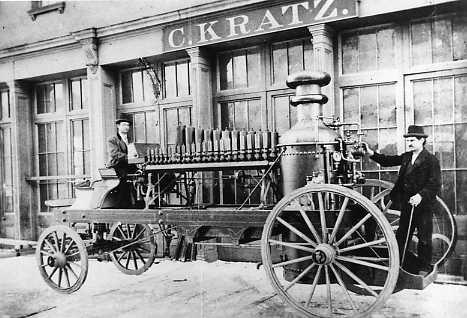
Evansville was well-known for its lumber, furniture, and other industries, but it was a major player in calliope manufacturing. The iconic sound they produced was popular on Ohio River boats. Local resident George Kratz was one of premier builders of steam calliopes. By the early 1900s there was only one other manufacturer in the entire United States (located in Cincinnati) so Kratz was a specialist of sorts.

George Kratz was born in Evansville in 1850 and went through the local school system. His father, Christian, and his uncle William Heilman were the founders of Heilman Plow (later Vulcan Plow). Christian would later share off his interest, but still operated a machine shop nearby at 2nd and Elm (Ingle St). It was at this shop in 1868 where George began tinkering with scraps. While working for his dad he spent several years developing his steam calliope.
Kratz owned a brick house at the corner of Water and Pine (Riverside and Clark) roughly where Fast Eddy’s was or the current casino stands. Around 1897 he expanded the home into a calliope factory. The 2nd story of house held many of the precision tools and the adjoining garage was for working on carriages. At that time the area was still fairly residential so it was quite common for them to play/practice on the rooftop and the melodic sound would carry for blocks.
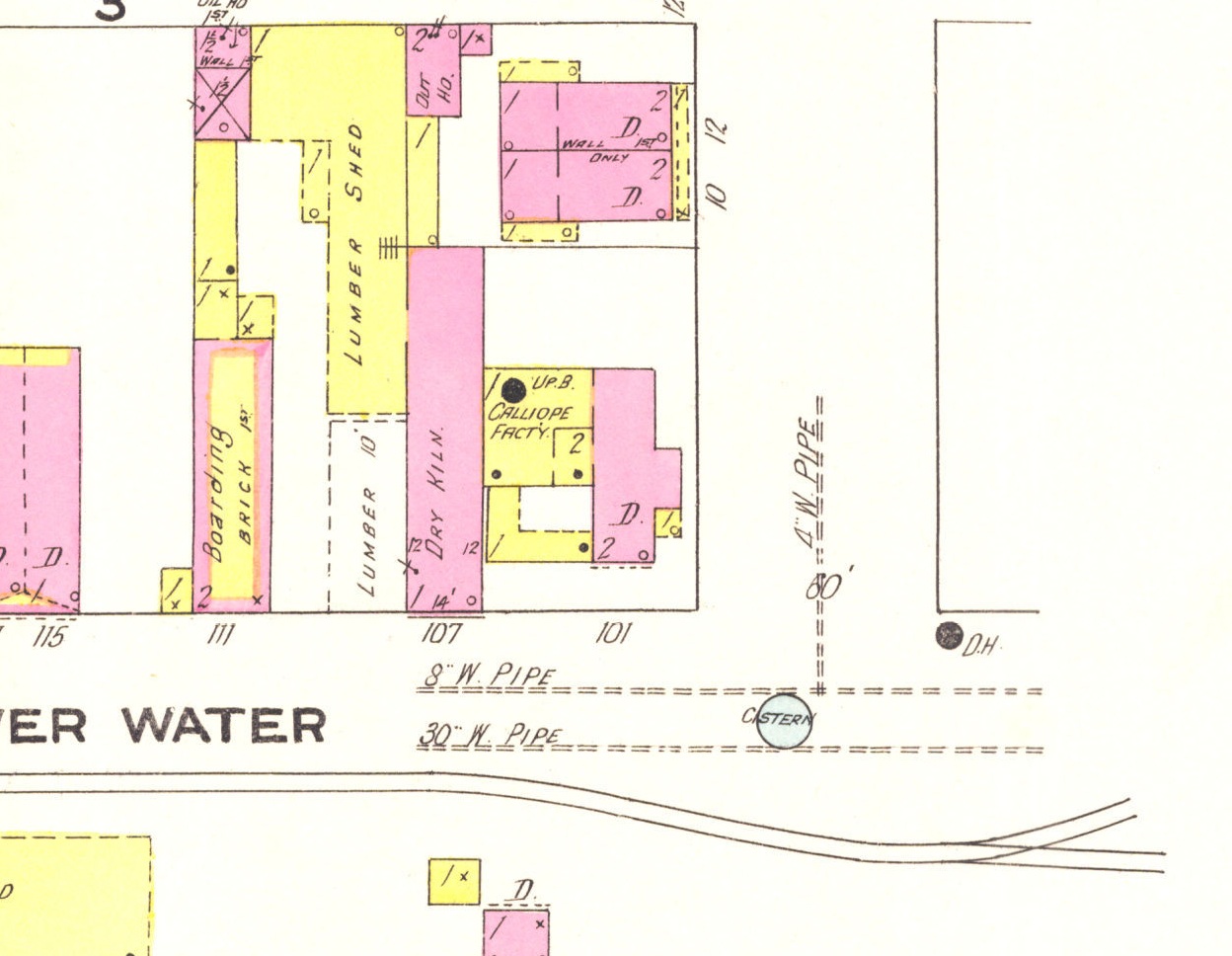
In 1897 George Kratz married his wife Julia. She was very musically gifted too and became involved in the business. The two would fine tune the instruments they built and would often travel to play calliopes, she on the keys and George regulating the steam forced through the whistles.

Kratz personally supervised the construction of each calliope so they only produced about a dozen each year. They made steam calliopes for several famous organization including Ringling Bros , Barnum & Bailey Circus, and Kit Carson Wild West Show. Kratz also had the distinction of building the largest ever calliope at the time with 44 whistles. However, the steamer carrying it, the City of Pittsburgh, caught fire and sank near Golconda, IL.

The story of George Kratz had a tragic end though. While installing a calliope in July 1913, he slipped and fell on the dance floor becoming paralyzed below the waist. Kratz was bed ridden and died on April 7, 1914 at the age of 64. In an interview in 1955, Julia stated she never played the calliope again after his accident. George Kratz is buried in Locust Hill City, the final resting spot of the King of Calliopes.
All are invited to a program to mark the centenary of the devastating 1925 tornado with author and expert Justin Harter. Joint program with the Evansville Museum.
Program at Evansville Museum, Sun March 16 at 2pm
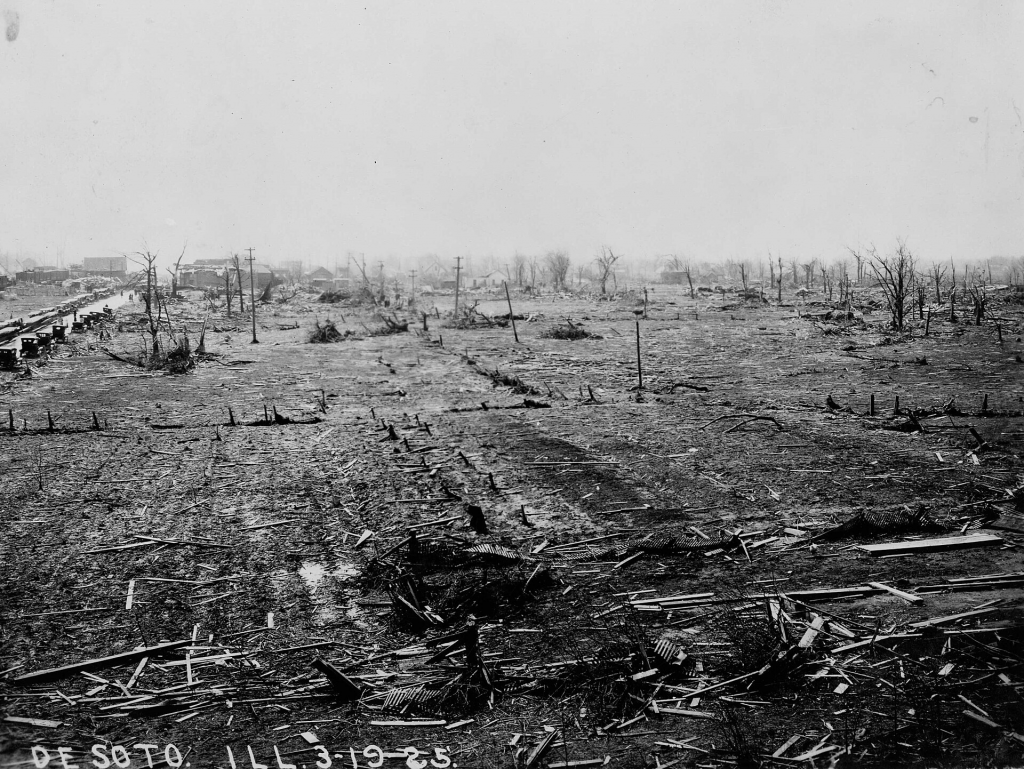
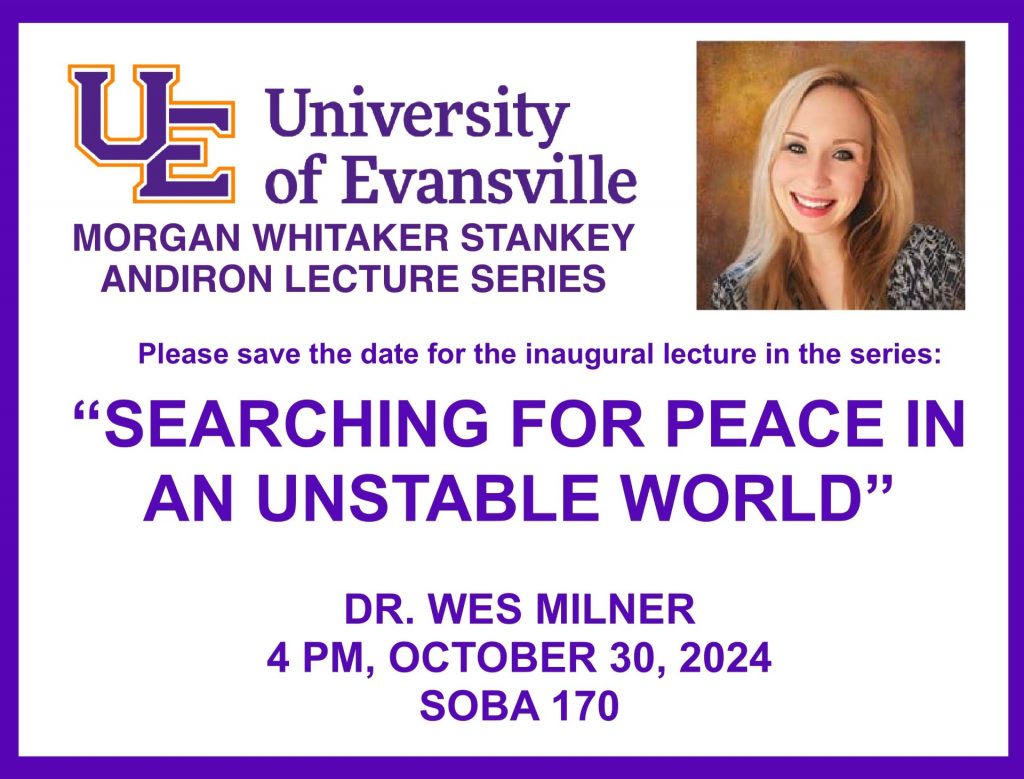
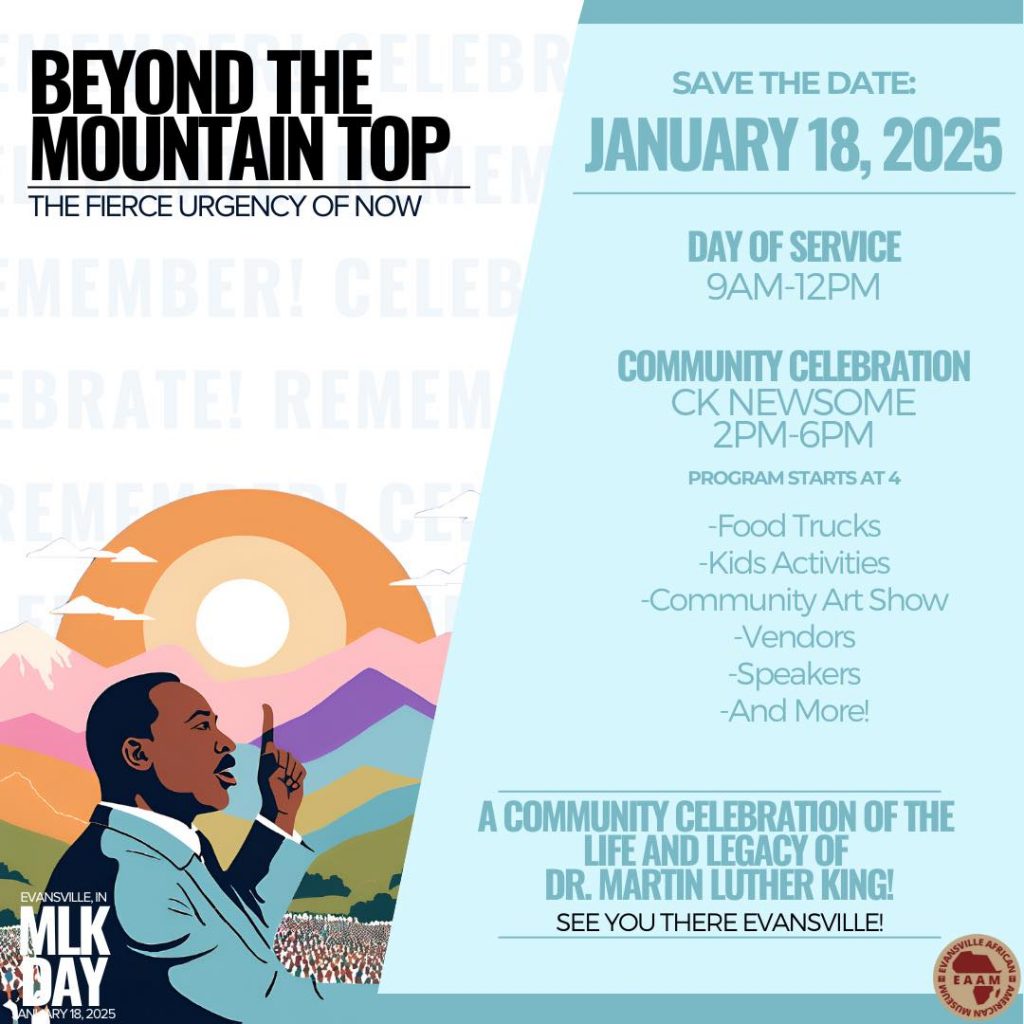
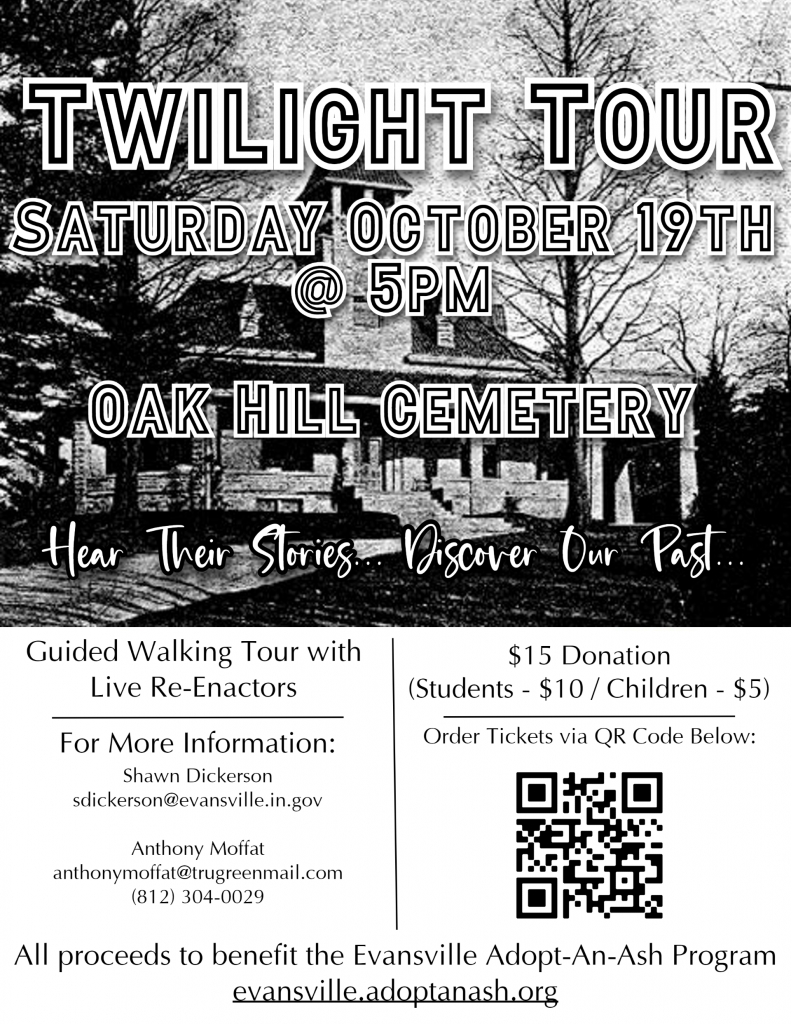

Although many people have heard of bodysnatching, most don’t know that it is closely connected to modern medicine. Nor do they know that Indiana had some startling cases of grave robbery by these “resurrectionists” in the nineteenth and early twentieth centuries. In this presentation, Tamara Hunt traces the medical history of bodysnatching and focuses on occurrences in Indiana that made national or even international news.
Dr Tamara Hunt has been a professor at the University of Southern Indiana for twenty years, teaching a variety of courses on European and World History. Among her most popular courses are “Social History of Murder” and “Social History of Ghosts.” The research for those classes led to this study of grave-robbing. She is currently working on a book on publishing in eighteenth century England and is writing a book with her husband, Scott Myerly, on how the ideology of capitalism and chivalry combined to create modern male dress from the medieval period to the early twentieth century.
We regret to announce that due to circumstances beyond our control the “Food Traditions” program scheduled for Thursday 19th September has had to be canceled. We will keep you informed about any make up date as soon as we know about it.